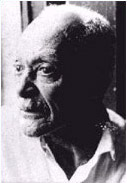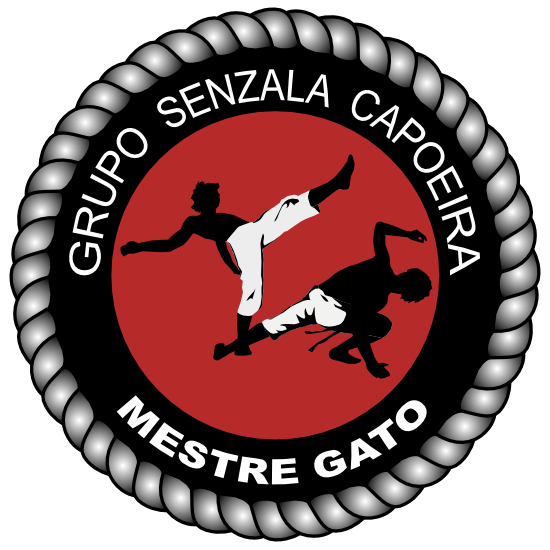Information based on that found in ‘Capoeira ~ Martial Art of Brazil’ by Lloyd Howell.
 Some beginners to Capoeira believe that Capoeira Angola is a slower version of Capoeira Regional, this is in no way correct, in fact Angolan Capoeira is much older than its Regional counterpart and is actually a separate form of Capoeira.
Some beginners to Capoeira believe that Capoeira Angola is a slower version of Capoeira Regional, this is in no way correct, in fact Angolan Capoeira is much older than its Regional counterpart and is actually a separate form of Capoeira.
Capoeira Angola is typically played slowly, although it can be played fast. Angola is played to the Toque de Angola, slowly and smoothly. It is filled with strikes, dodges and breaks. Anyone who plays Angola should play with great cunning, never forget that your opponent may be, at the same time, tricking you!.
The main methods of attack in Capoeira Angola are kicks and cabeçadas’ (headbutts). The legs are the principal of the two with the Rabo de Arraia being the most common offensive weapon. In Capoeira Angola kicks are usually no higher than the mid-section, where as in Regional the kicks are usually aimed at the head. The Rasteira is probably the most common form of defense, usually used when the opponent kick is too high. One of the main elements of Capoeira is the continual flow in the roda.
A good Angoleiro (player of Capoeira Angola) is aware of his opponents movement. Blocking attacks is not a fundamental part of Capoeira, body evasion is the form of defense most admired, if you are not there you can’t be hit. Blocking is only used when all other options have failed.
In Capoeira, maintaining the flow is extremely important. Within Capoeira there is a noticeable inbalance. The capoeiristas’ know that the flow of the game will eventually be broken. The flow is broken by the players themselves when they know they can make an attack without compromising themselves.
The most important master of Capoeira Angola is undoubtably Master Pastinha. He opened his first school of Capoeira Angola in 1941 at the Largo do Pelourinho in Salvador, Bahia. Master Pastinha was determined to keep Capoeira Angola alive.
